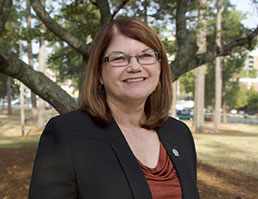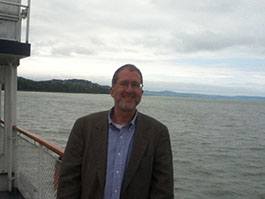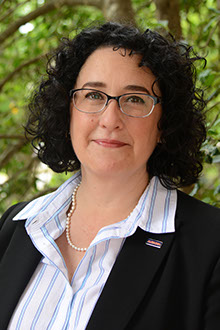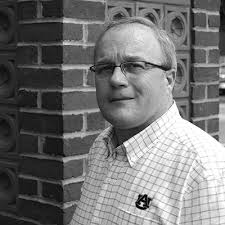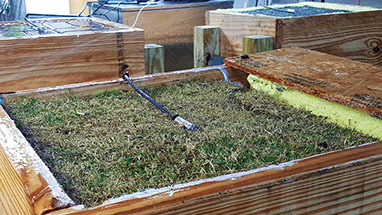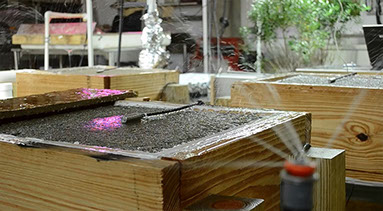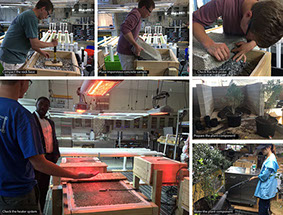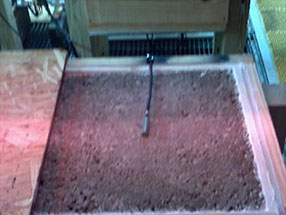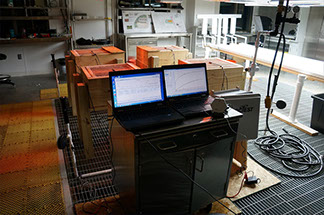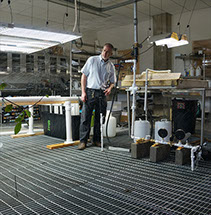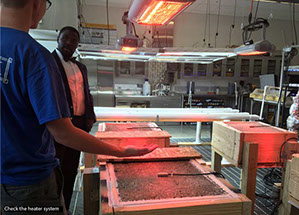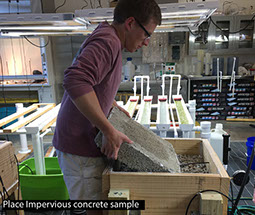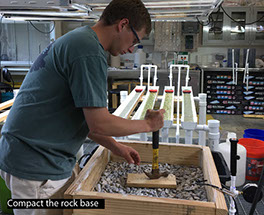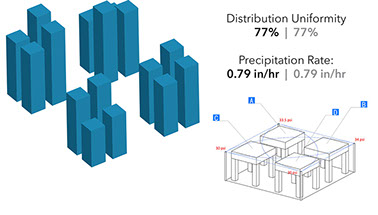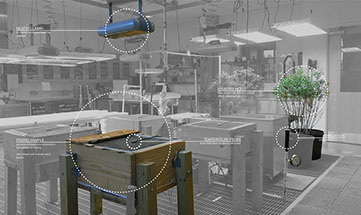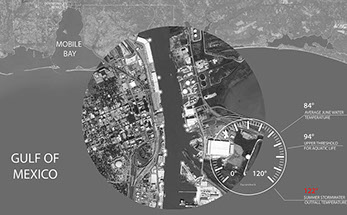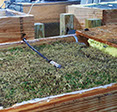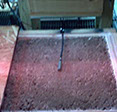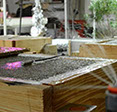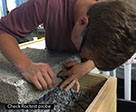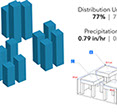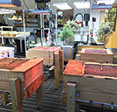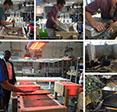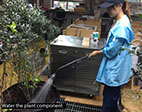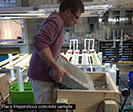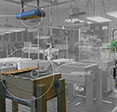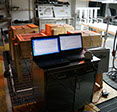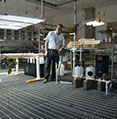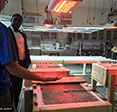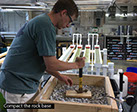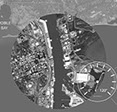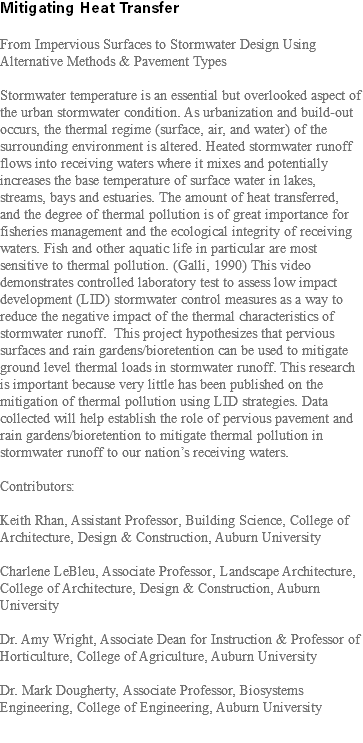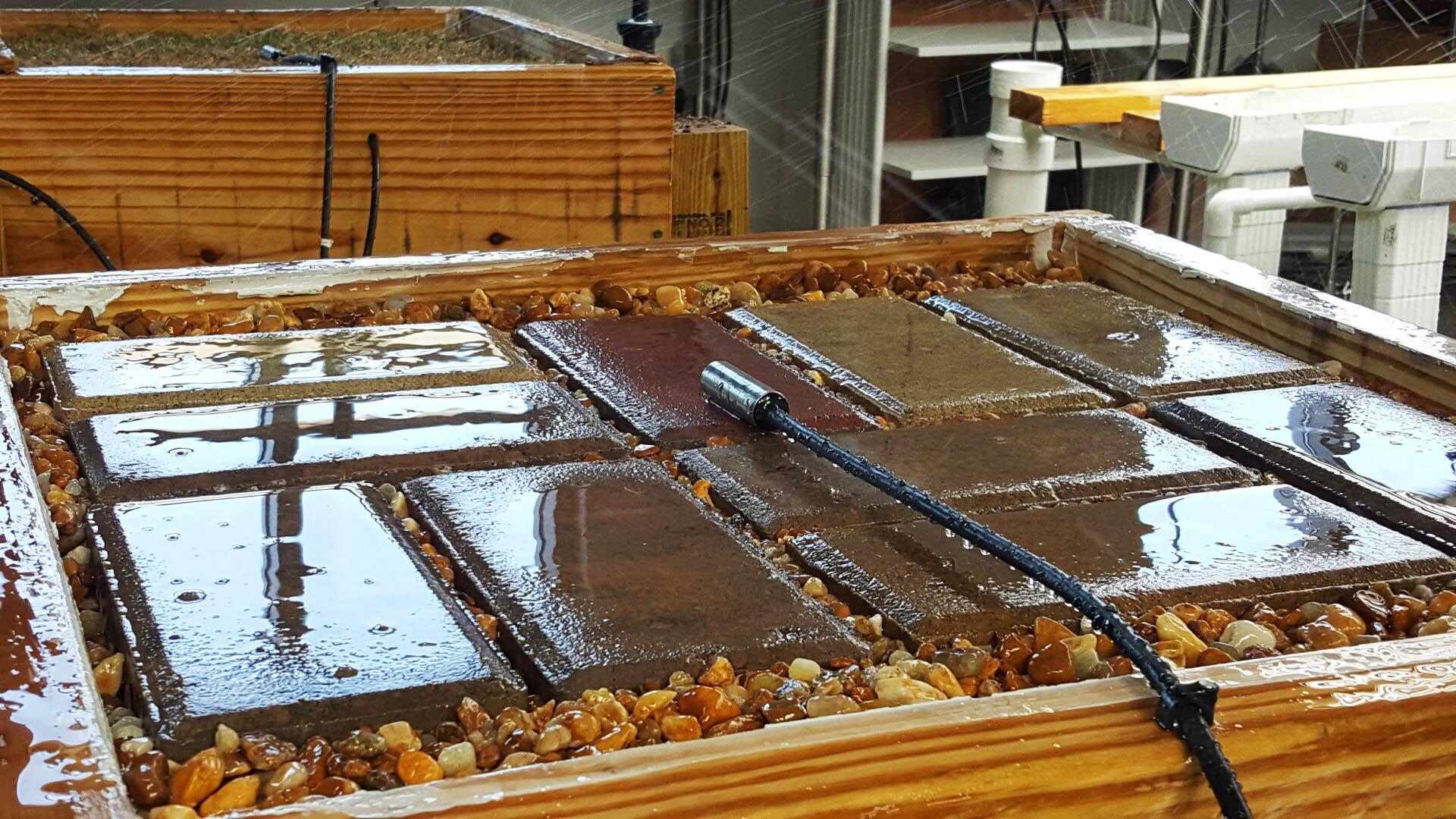
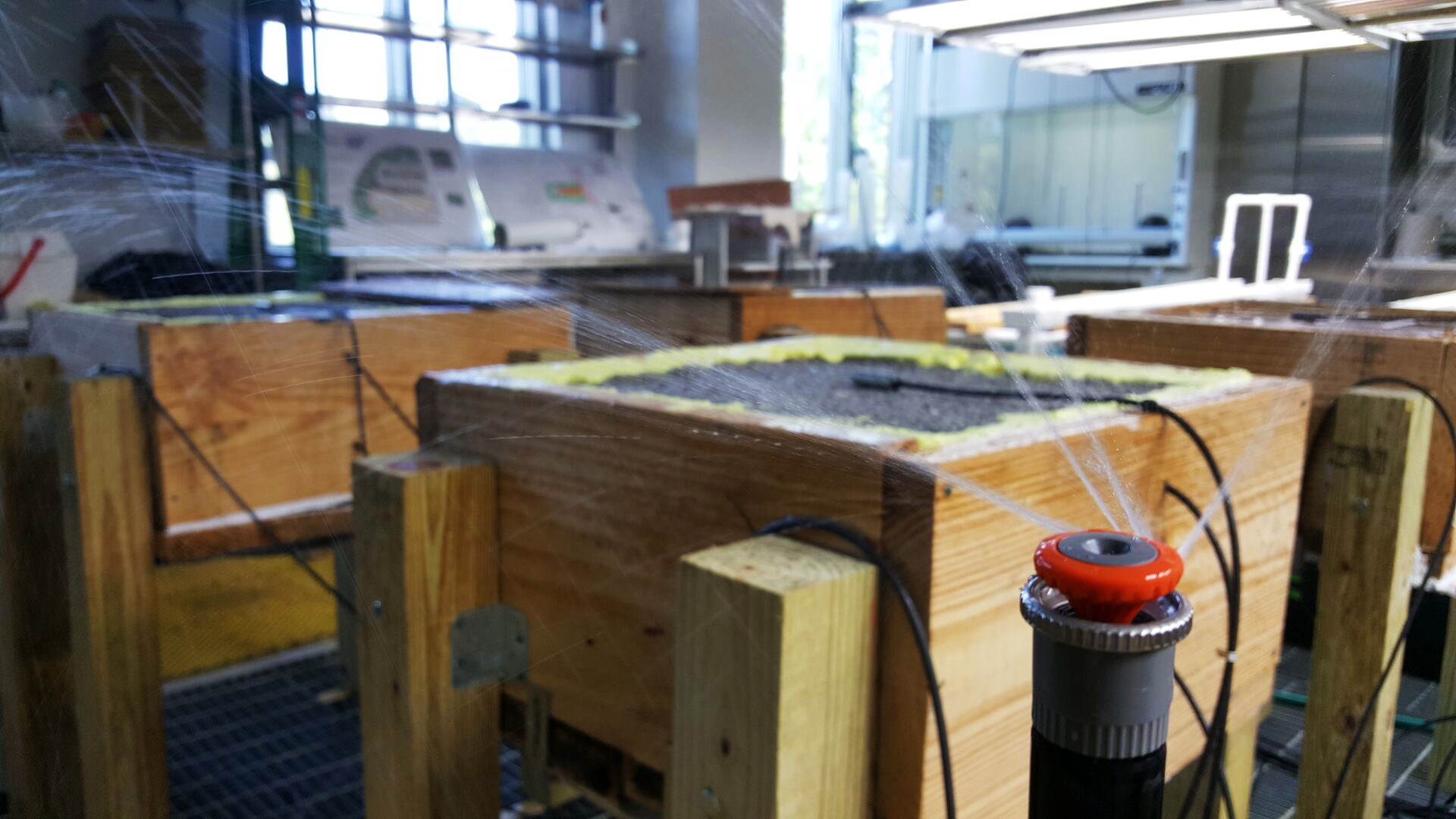

Green Infrasture Lab
Auburn University
ABOUT
Stormwater temperature is an essential but overlooked aspect of the urban stormwater condition. As urbanization increases, the thermal regime (surface, air, and water) of the surrounding environment is altered. Heated stormwater runoff flows into receiving waters where it mixes and potentially increases the base temperature of surface water in lakes, streams, bays and estuaries. Fish and other aquatic life in particular, are sensitive to thermal pollution. Mobile Bay is home to Alabama's seafood industry and provides estuary service (a place to grow) for many fish, crustaceans and wildlife. The main stormwater outfall for downtown Mobile, AL flows directly into Mobile Bay. The temperature of stormwater runoff (first inch of flow) flowing over impervious surfaces in downtown Mobile has been recorded as high as 50oC (122oF) during the month of July.
Low impact development (LID) are stormwater control measures (SCMs) that utilize strategies to reduce the negative impact of stormwater runoff on receiving waters and watersheds. These strategies include pervious pavement and rain gardens. Pervious pavement materials have been used in place of an impervious paved surface to both reduce and potentially treat stormwater runoff. This construction technology is well known as an urban stormwater mitigation practice, but has not been adequately evaluated for thermal heat removal effectiveness. Rain gardens manage stormwater through bioretention. Sediment, nutrient, and pollutant removal occurs as runoff comes in contact with the soil, bacteria, and roots of shrubs or other vegetation within the rain garden. The ability of rain gardens to mitigate thermal pollution in runoff has not been quantified. The objective of this research is to evaluate the ability of multiple pavement types (impervious concrete, pervious concrete, pervious brick pavers), and rain gardens in mitigating thermal pollution in stormwater runoff. Results from this project will be used to establish a baseline measurement of heat removal effectiveness of pervious paving and rain gardens when used alone or in combination (SCM Trains).
Microcosms have been designed and constructed to test the hypothesis that pervious pavement and rain gardens can mitigate thermal pollution in stormwater runoff individually or in combination. This research is conducted in the Green Infrastructure Laboratory at the Mike Hubbard Center for Advanced Science, Innovation and Commerce (CASIC) Building in the Auburn University Research Park, Auburn, AL. Here pavement cells receive simulated sun (infrared lamps), and rain (water sprinkler) events. Impervious pavement cells and turfgrass cells are used as controls. Data collected includes microcosm cell surface, internal cell temperature, and water temperature exiting cells. Multiple scenarios of these SMCs are tested. The importance of this research is that it has the potential to impact estuary conditions and receiving waters in Mobile Bay and beyond. Thermal pollution to receiving waters is an urban stormwater problem throughout the world that negatively impacts fish and wildlife habitat.
CVs
Mark Dougherty
Amy Wright
Keith Rahn
GALLERY
RESOURCES
CONTACT
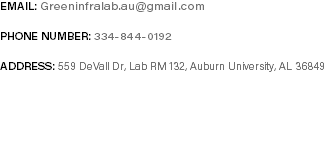
Email: greeninfralab@gmail.com
Phone Number: 334-844-0192
GREEN INFRASTRUCTURE LAB
559 DeVall Dr.
Lab RM 132
Auburn University, AL 36849
